Under The Gumbo-Limbos
Have you ever seen a “Tourist Tree”? 5 uses and a Mayan legend about the Gumbo-Limbo Tree
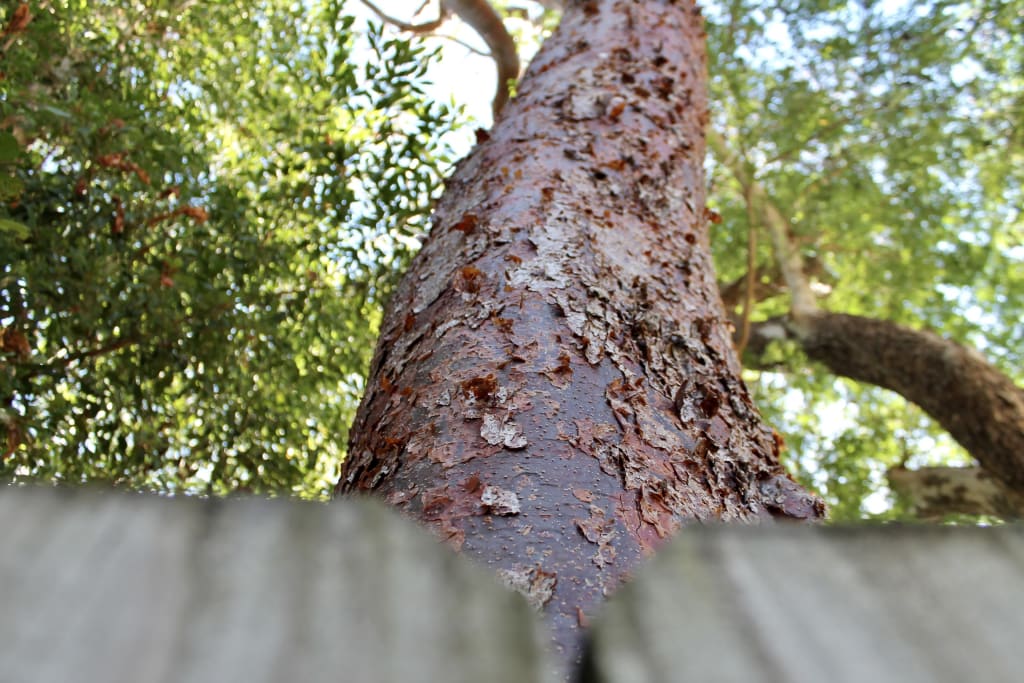
Known by many names such as copperwood, torchwood, West Indian birch, turpentine tree, gum tree, and chaca, the Gumbo-Limbo is native to the tropical regions of the Americas. Bursera simaruba has red-peeling bark which earned it the nickname “tourist tree” as the red skin resembles that of the sunburnt travelers who flock to its lush native regions of Central America and the Caribbean. South Florida, the Florida Keys for example, is abundant with the red-barked beauties!
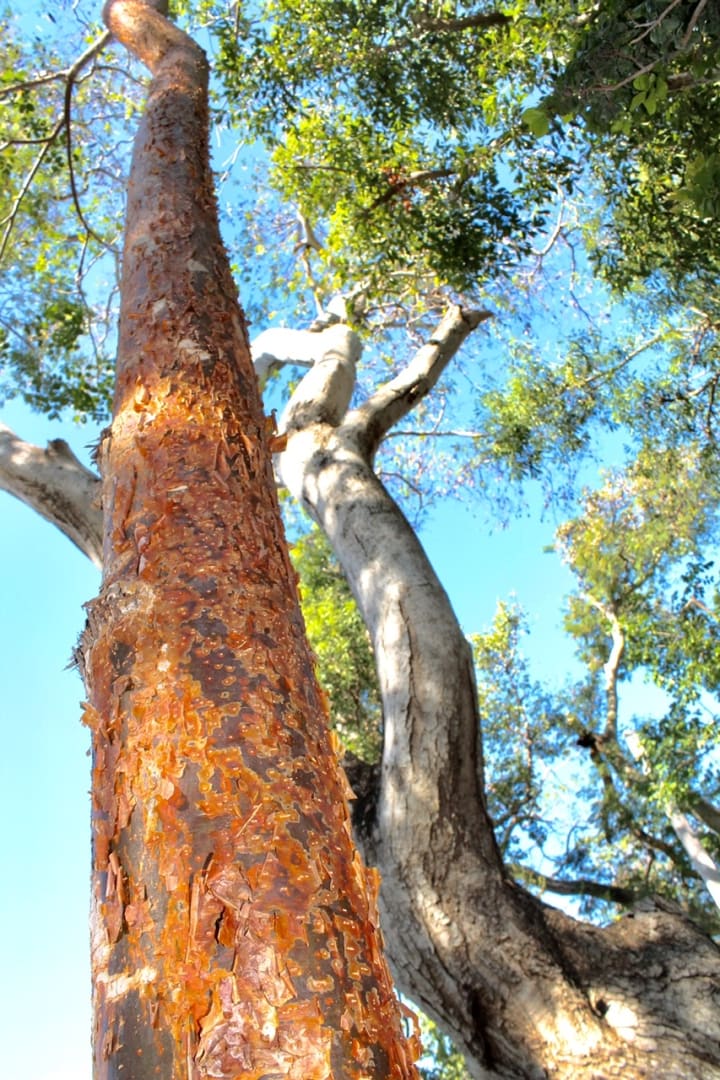
1) ANCIENT ANTI-INFLAMMATORY
The Gumbo-Limbo has strong roots (pun definitely intended!) in Central American culture dating back to the ancient Mayans.

Hailed for its medicinal properties, the bark, resin, and leaves of the Gumbo-Limbo were used to treat a range of ailments. The tree’s anti-inflammatory properties are still utilized today in places like Belize.
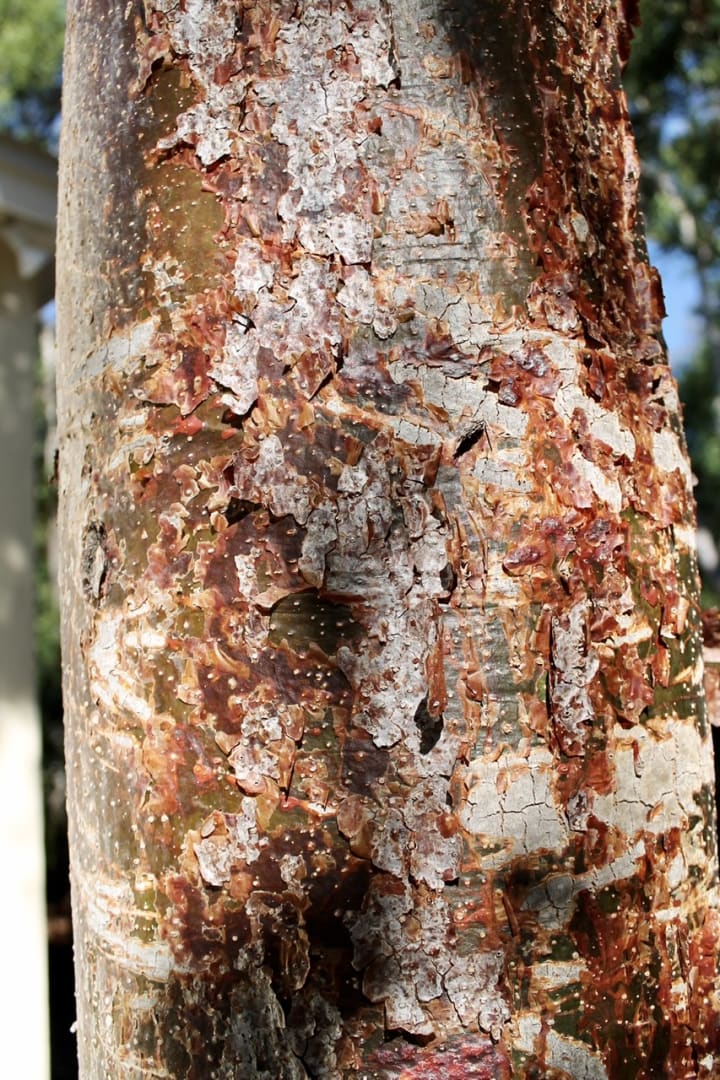
Ironically, the bark of the “tourist tree” can be soaked in water and then used as a topical treatment for ...
SUNBURN!!!
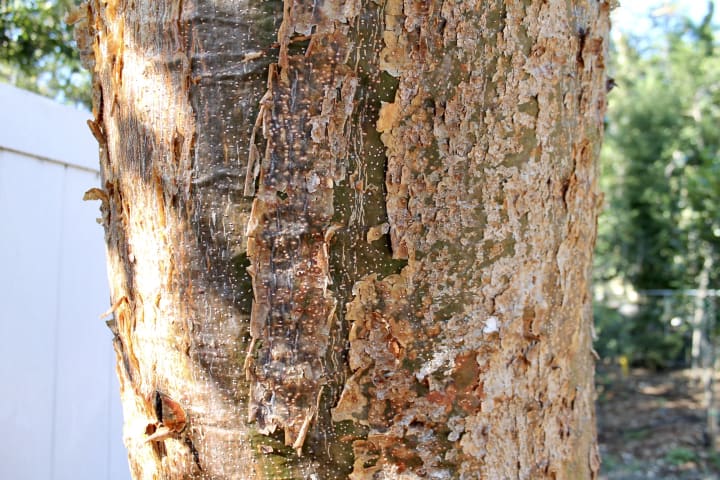
As well as relieving pain topically, the bark’s resin is a known VULNERARY (Fun vocabulary word!) which means it is used in the healing/curing of wounds.
Other vulnerary herbs include aloe, calendula, comfrey, and echinacea.
2) NATURAL PEST REPELLANT
Speaking of the resin, it is used for making glue, varnish, and can be used as a water repellant AND insect repellant coating for canoes!
The Terpentine Tree‘s resin is aromatic and a natural insect and pest repellant. As a result, no pests or diseases are reported for this species although the occasional wood pecker gives it his best shot.
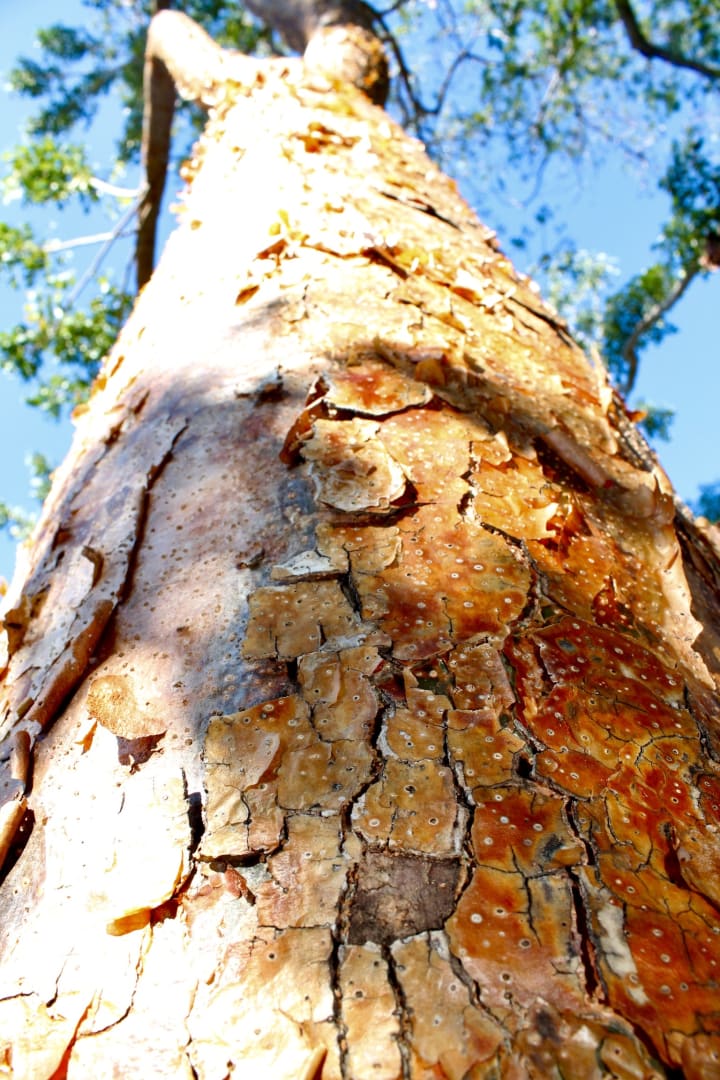
3) THE GREEN PHOTOSYNTHESIZING MACHINE!
The bark of the Gumbo-Limbo can range from colors of GREEN, WHITE, or RED with red-peeling flakes more common on the areas most exposed to direct sunlight.
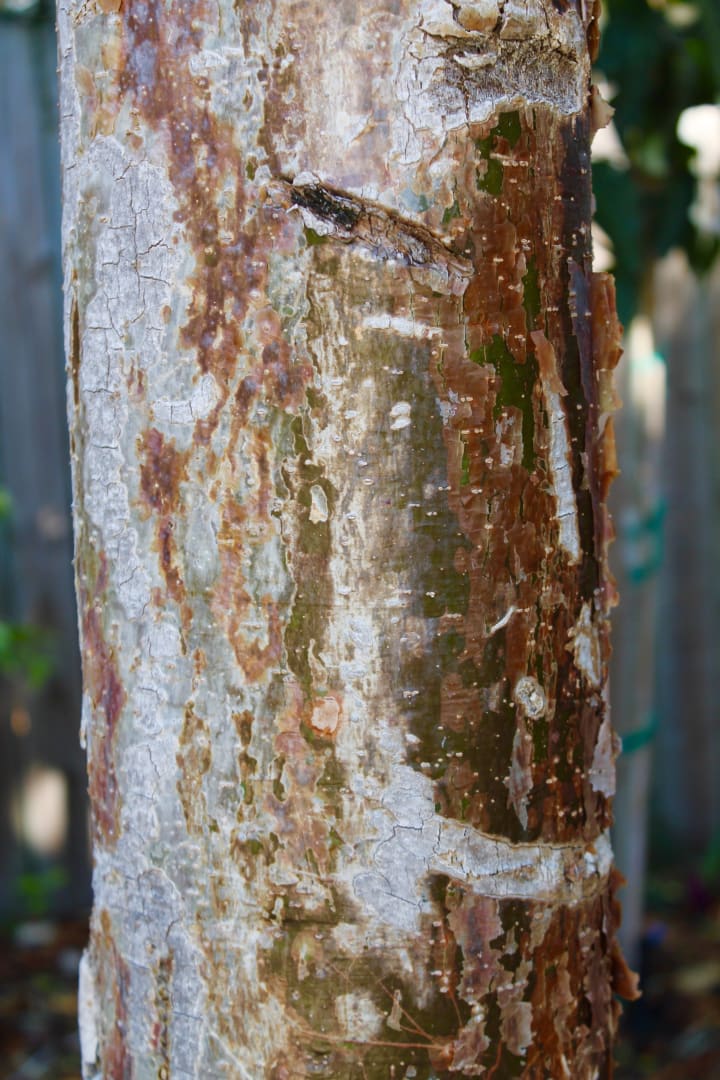
The tree’s ability to expose its soft-fleshed green bark allows more surface area for photosynthesis after the tree’s leaves have dropped.
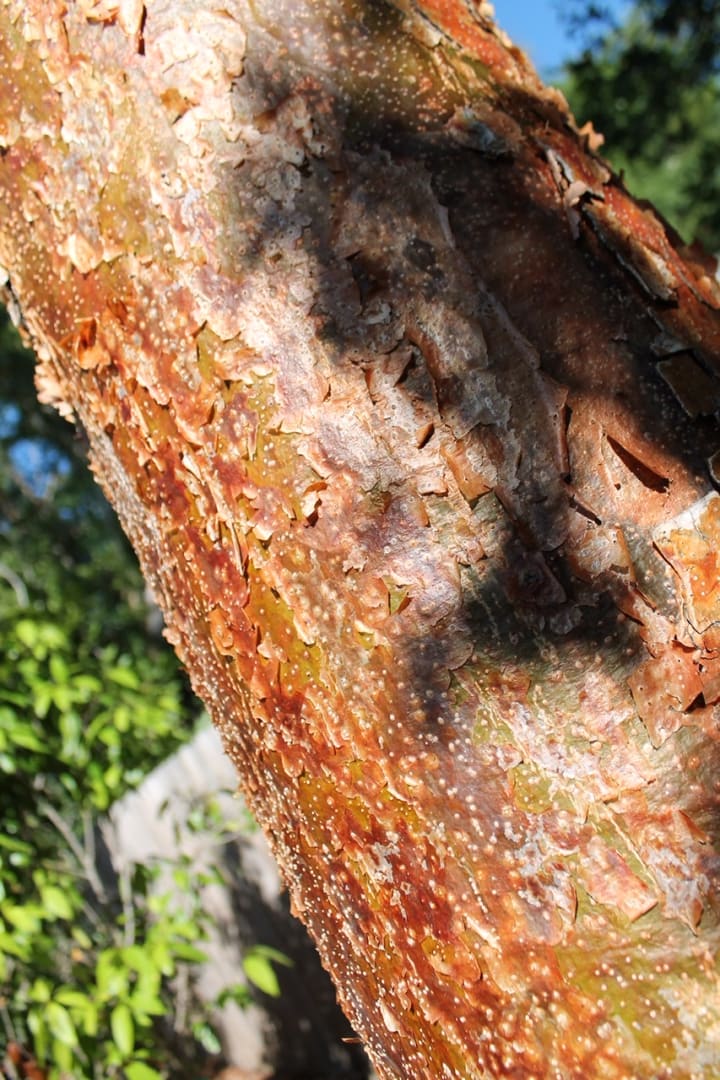
This added super power allows the Gumbo-Limbo to thrive in mostly dry forests where droughts are also common.
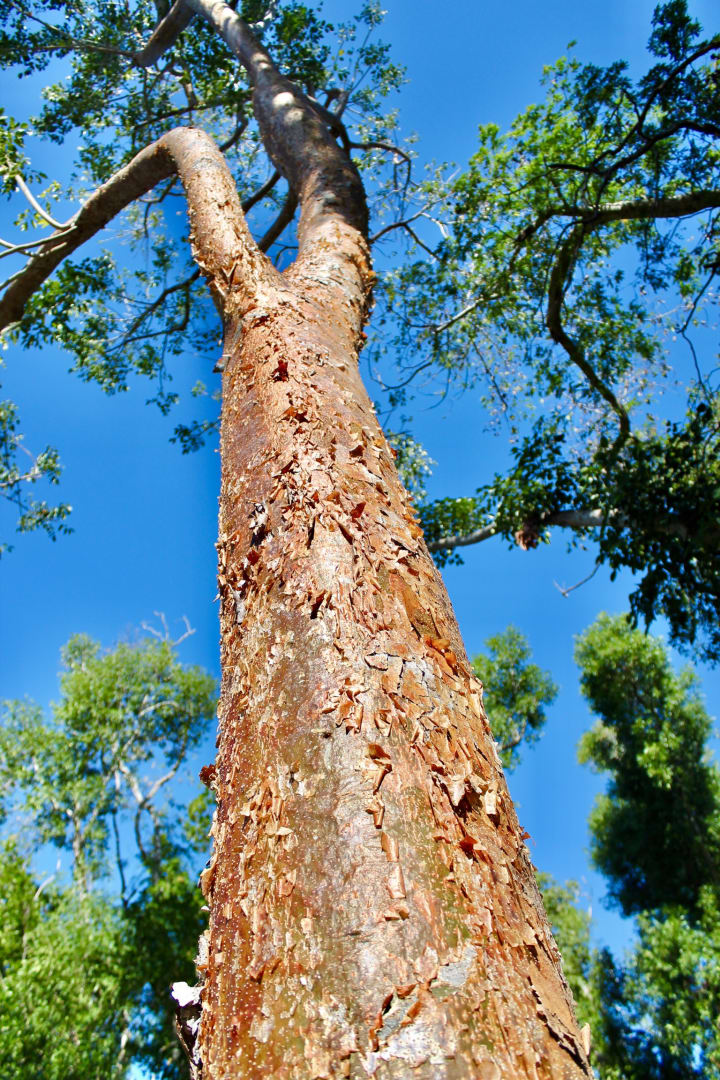
4) LIVING FENCES
The survival skills and heartiness of the Gumbo-Limbo were not overlooked by the ancient Mayans either. The Gumbo-Limbo is considered to be one of the most WIND-RESISTANT species! Common in Hurrcane zones, they act as good wind barriers for protecting crops, roads, etc.
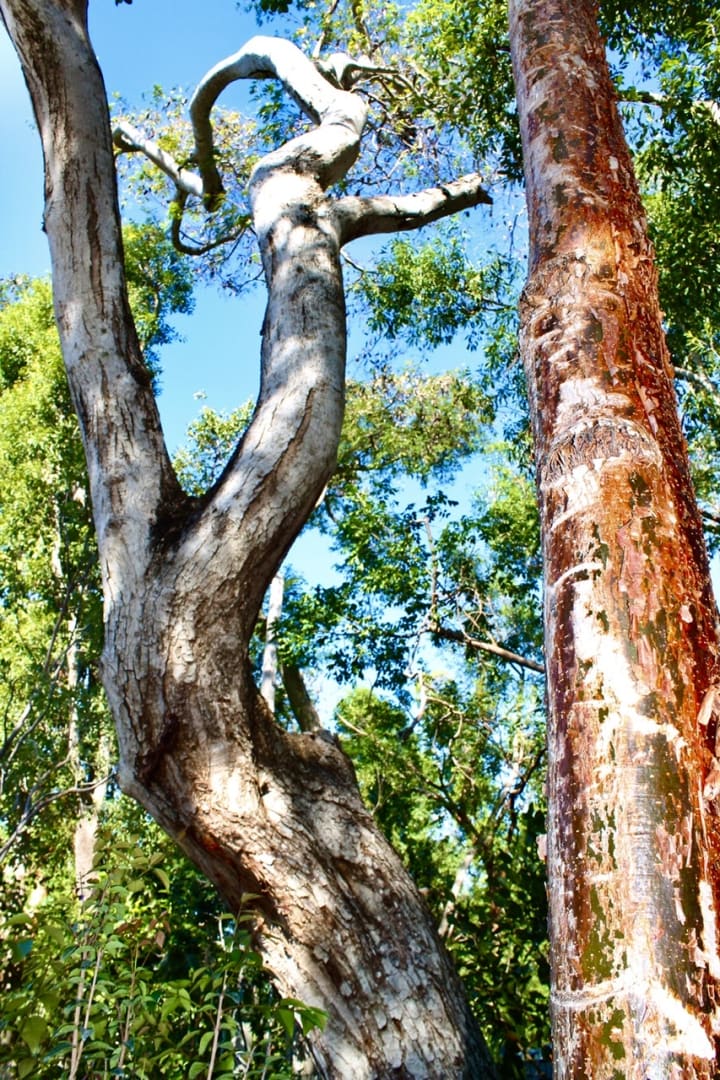
They are fast rooting and propagate easily from branches as small as 1-3 meters in length. They withstand vigorous pruning and can all but be chopped down and the roots can produce new sprouts.
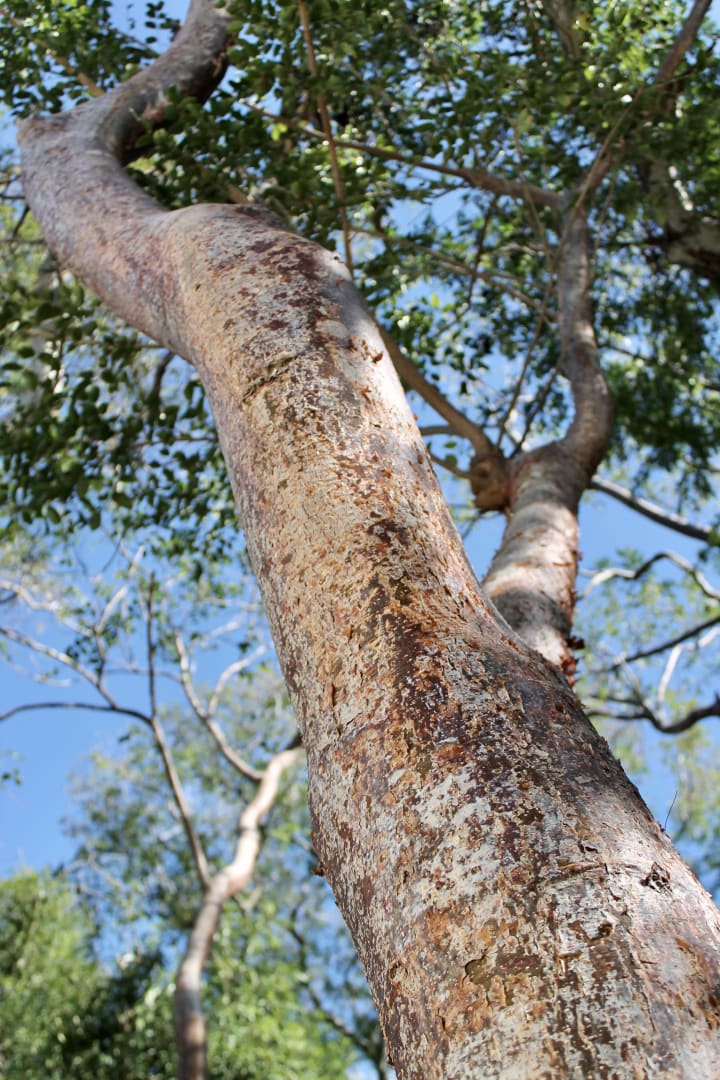
The ancient Mayans took advantage of this and incorporated the trees into landscaping as LIVING FENCES! These trees are still incorporated into barrier landscaping today!

5) ANTIDOTE TO ITS NEIGHBOR’S POISON
The Black-Sap Poisonwood is much like poison ivy. The black sap of this colorful, familiar-flowered foe evokes a horrible itchy skin rash.
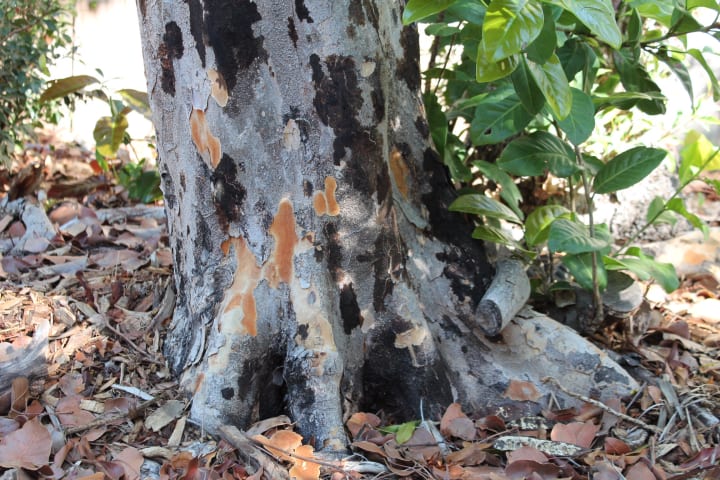
Typical treatments in North America would include calamine lotion to attempt to calm the irritation but alas, only a temporary salve and not a cure.
In the tropical central America’s where chaca lives in abundance, a soak in the bark’s healing waters will fix you right up after a brush with poisonwood! The bark of the Gumbo-Limbo contains the antidote to the black-sap poinson and neutralizes the toxins causing the reaction.
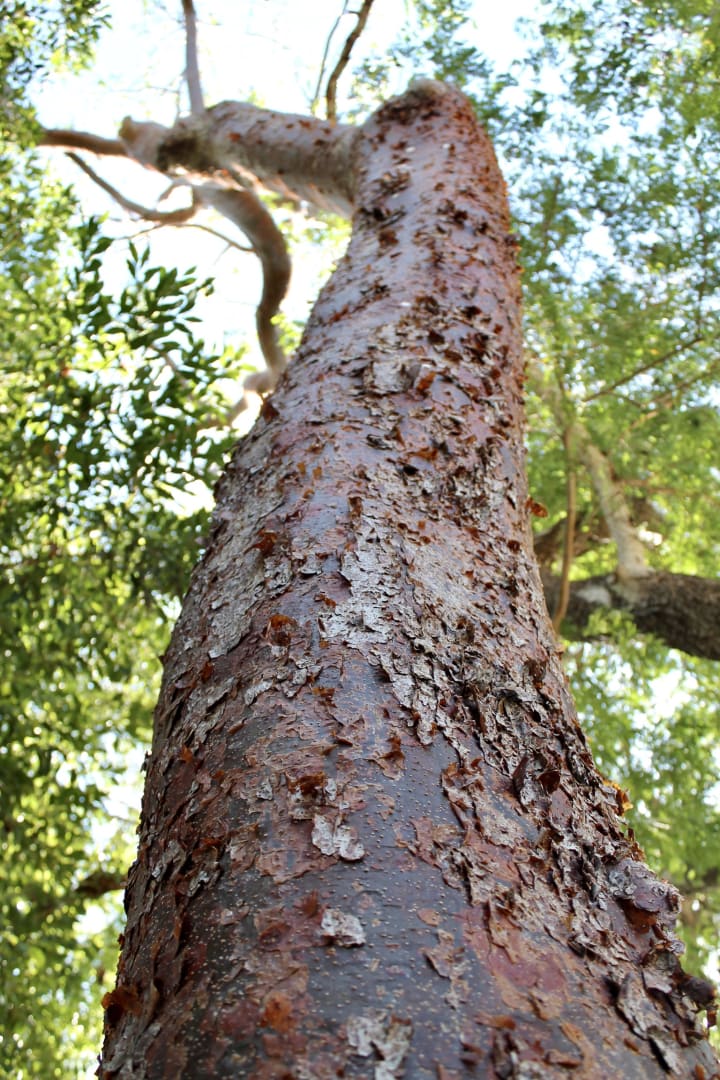
Oddly enough these two trees are often found right next to one another and share roots, intertwine branches, and produce an almost identical flower.
Hence our legendary tale of two heroes, brothers in fact, and the woman with whom they fell in love. One brother was abrasive and easily agitated; the other calm and even-tempered. Their fight over the woman ended in each other’s arms.
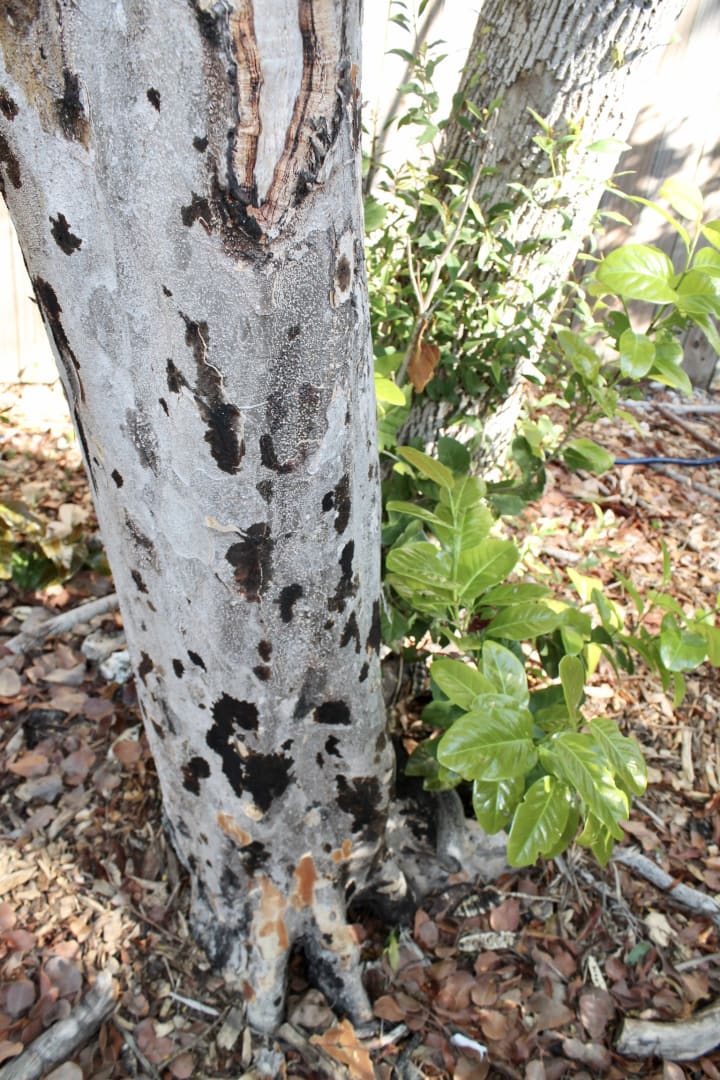
Now they are forever embodied in the Chaca and the Chechen trees watching over their lost love, the sweet flower! Since this flower is a favorite of the migratory birds, bees, and butterflies who visit these tropical regions, they continue the cycle by ensuring the seeds of both trees are once again planted together!
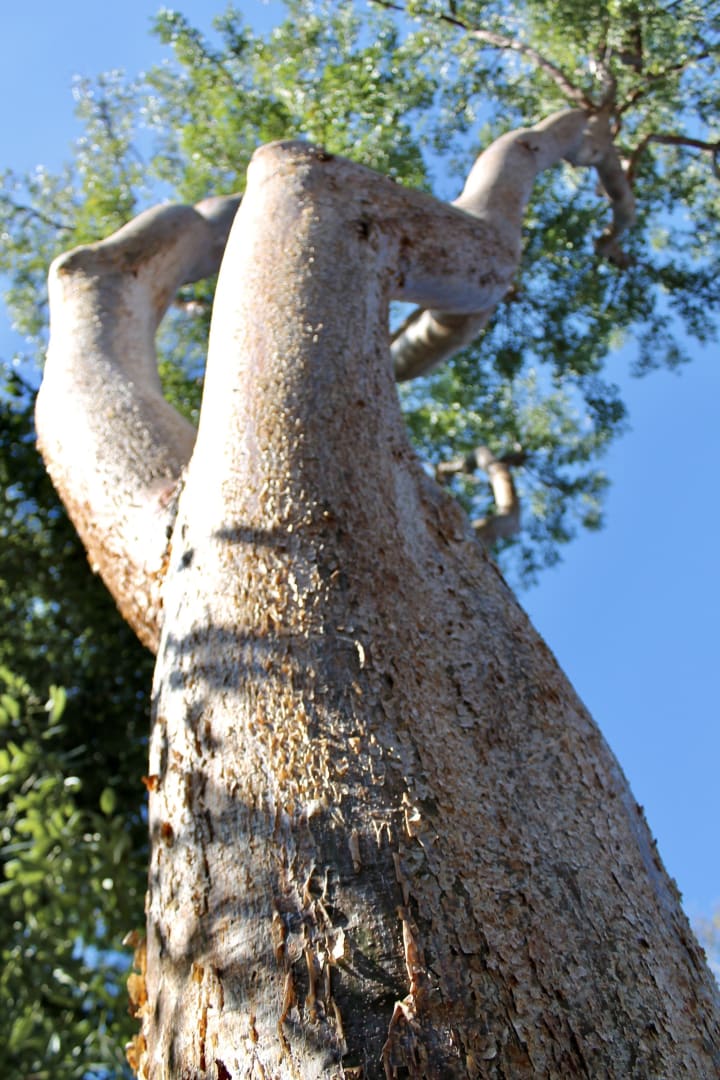
Now my favorite part: BONUS FACT!
The Gumbo-Limbo was the traditional wood for carousel horses until plastics became more popular!
About the Creator
MJ Halliburton
Enjoying my newfound nomadic lifestyle with my soulmate, two black cats, and our traveling home! Sharing and discovering hobbies along a great adventure of life.
Blog: bluehuesadventures.com
Instagram: @bluehuesadventures
Enjoyed the story? Support the Creator.
Subscribe for free to receive all their stories in your feed. You could also pledge your support or give them a one-off tip, letting them know you appreciate their work.






Comments
There are no comments for this story
Be the first to respond and start the conversation.